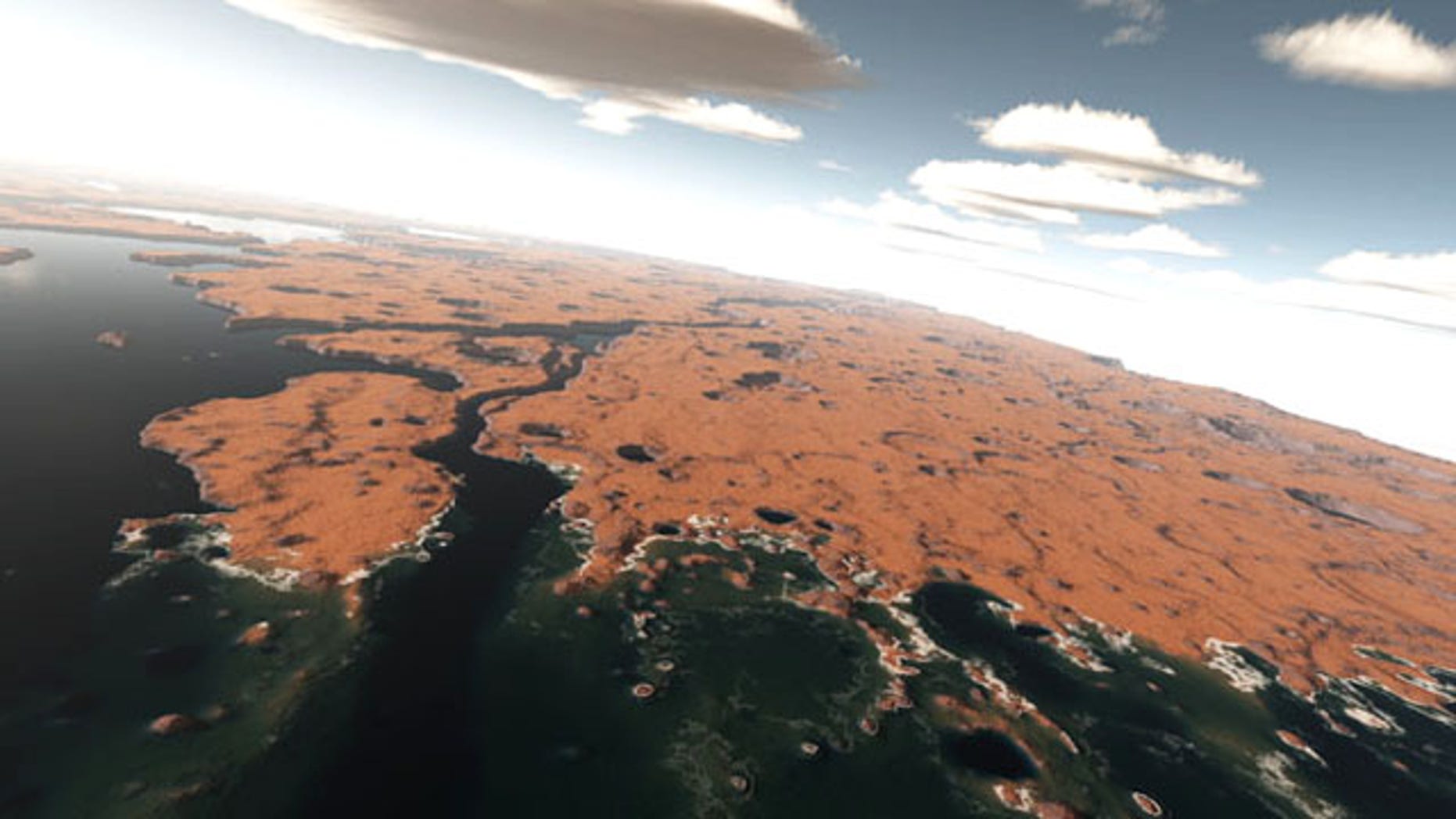Ancient Ocean Rhythms Reveal Million-Year Dance with Mars
Earth's climate isn't static. It sways in a grand waltz over millions of years, with a surprising partner: Mars. A recent study published in Nature Communications unearthed evidence in the deep sea that links Earth's orbit to a 2.4-million-year cycle of warming and cooling. This cycle, dubbed the "astronomical grand cycle," is caused by the gravitational tug-of-war between Earth and Mars.
Scientists have long theorized about the existence of astronomical grand cycles, but confirming their impact on Earth's climate has proven challenging. The new research, led by Dr. Anna Dutkiewicz of the University of Sydney, delves into the secrets buried within deep-sea sediments. These sediments act as a time capsule, trapping microscopic particles that tell the story of past climates.
Dr. Dutkiewicz and her team meticulously analyzed layers of sediment, searching for patterns. They discovered a distinct signature: a cyclical waxing and waning of erosion in the deep sea, occurring every 2.4 million years. This erosion pattern, they propose, is linked to the changing vigor of deep-ocean circulation, which in turn influences global temperatures.
The dance with Mars goes like this: as the gravitational pull between Earth and Mars fluctuates, Earth's wobbly tilt on its axis and its elliptical orbit around the Sun subtly change. These subtle changes in Earth's geometry can alter the amount of solar radiation it receives, impacting ocean circulation patterns. Strong circulation pulls more warm surface water down into the deep, influencing global temperatures. Weaker circulation allows this warm water to stay near the surface, leading to a warming trend.
The researchers believe we are currently about 200,000 years into a warming phase of this grand cycle. This finding adds another layer of complexity to understanding Earth's climate. While the astronomical grand cycle plays a role in long-term trends, human activity and the resulting greenhouse gas emissions are driving a much more rapid and dramatic warming period.
Understanding these grand cycles can be a powerful tool for scientists. It allows them to differentiate between natural climate fluctuations and the human fingerprint on Earth's climate. This knowledge is crucial for building more accurate climate models and predicting future trends. The next step for Dr. Dutkiewicz's team is to refine their understanding of how these grand cycles interact with other natural climate drivers, like volcanic eruptions and solar activity. The ultimate goal? To paint a clearer picture of Earth's complex climate dance, with all its partners, both celestial and terrestrial.
Share:

